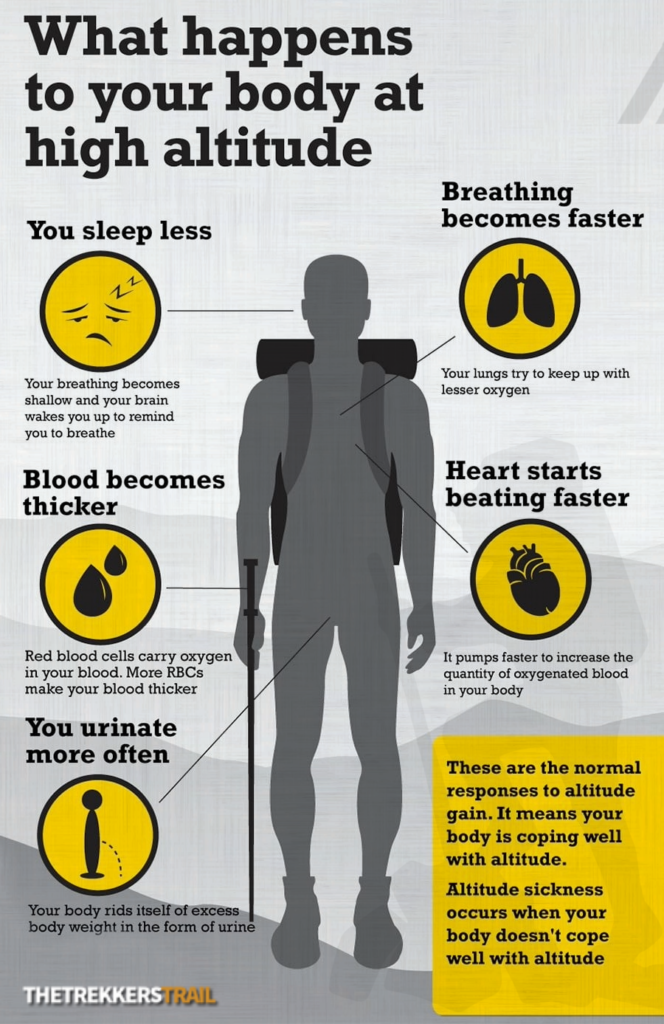
Imagine standing at a breathtaking altitude, surrounded by snow-capped peaks and crisp mountain air. Suddenly, you feel dizzy, nauseous, and fatigued. Breathing becomes difficult. You’re experiencing Acute Mountain Sickness (AMS).
AMS is one of the most common challenges trekkers, hikers, and mountaineers face when ascending to high altitudes. But what exactly is AMS? Why does it happen? How can you prevent it?
This comprehensive guide will answer all your questions and equip you with essential knowledge for a safe and enjoyable high-altitude adventure.
What is Acute Mountain Sickness (AMS)?
Acute Mountain Sickness (AMS) occurs when the body struggles to adapt to reduced oxygen levels and lower air pressure at high altitudes, typically above 2,500 meters (8,000 feet).
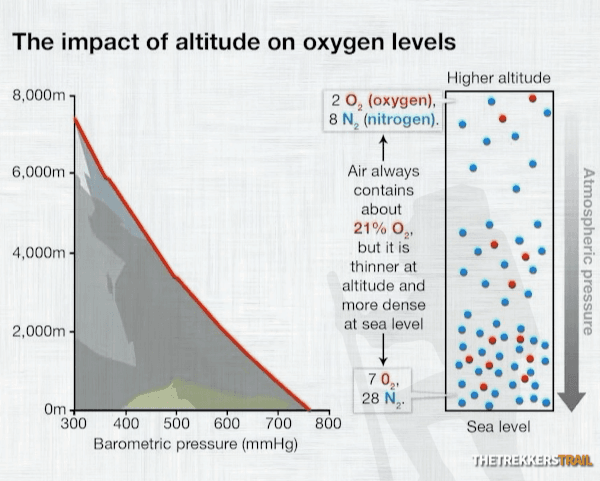
Your body needs time to adjust to these changes. If you ascend too quickly without proper acclimatization, AMS can set in, affecting your performance and overall well-being.
Think of it like this: At sea level, the oxygen concentration in the air is around 21%. As you climb higher, the oxygen percentage remains the same, but the air pressure drops, making oxygen molecules less dense. This means your body receives less oxygen per breath, leading to AMS.
How Common is AMS?
AMS is very common among trekkers, especially in high-altitude destinations like the Himalayas, Andes, Alps, and Rocky Mountains.
Here’s an interesting fact:
In a group of 20 trekkers, at least 3-4 people will experience AMS symptoms at some point. However, not everyone shows symptoms at the same time.
- Some may experience AMS at a lower campsite
- Others might feel it at higher camps
- Some may even develop symptoms while descending
This is why staying alert and prepared throughout the trek is crucial.
What are the Symptoms of AMS?
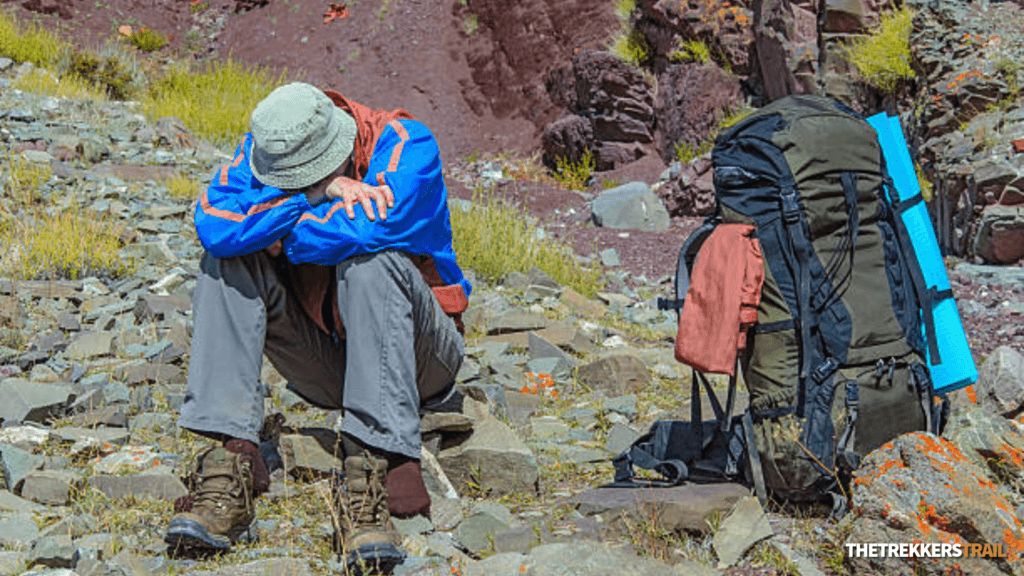
AMS symptoms typically appear 6 to 12 hours after ascending to a higher altitude.
Mild Symptoms (Common but Manageable)
- Headache (most common symptom)
- Dizziness & Lightheadedness
- Nausea or Vomiting
- Fatigue & Weakness
- Loss of Appetite
- Difficulty Sleeping
- Mild Shortness of Breath
Severe Symptoms (Dangerous! Seek Help Immediately)
- Severe headache that doesn’t improve with medication
- Confusion & Trouble Walking (Loss of Coordination)
- Shortness of Breath Even at Rest
- Chest Tightness & Coughing
- Fluid Build-up in Lungs or Brain (HAPE & HACE – Life-Threatening Conditions)
Warning: If severe symptoms appear, AMS can progress to High-Altitude Pulmonary Edema (HAPE) or High-Altitude Cerebral Edema (HACE)—both of which can be fatal if untreated. Immediate descent is the only solution.
Why Does AMS Happen? (Causes & Risk Factors)
AMS occurs when you ascend too fast without giving your body enough time to adjust to the decreasing oxygen levels.
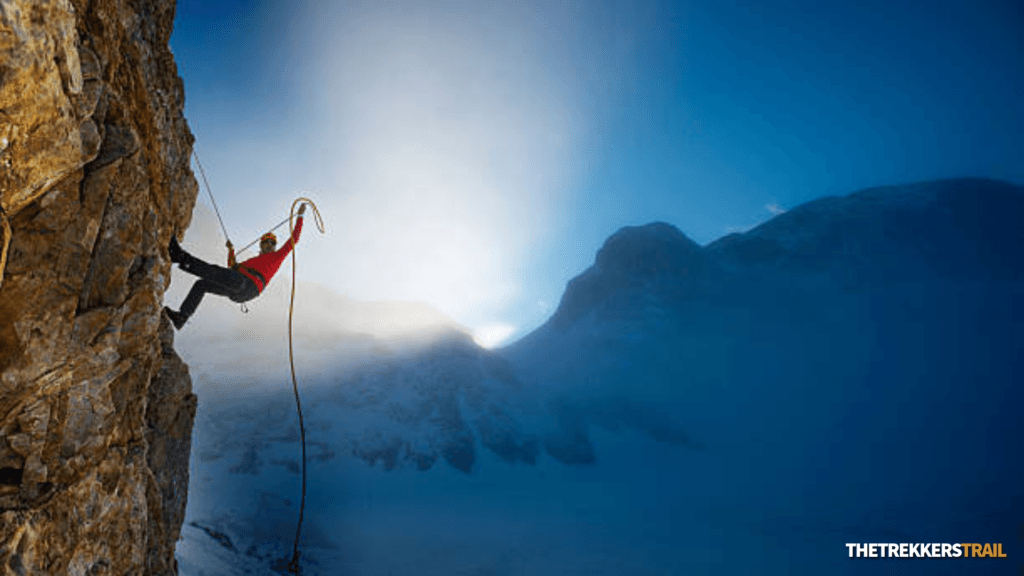
Major Causes of AMS
- Rapid Ascent: Gaining more than 300-500 meters per day after 3,000 meters significantly increases AMS risk.
- Dehydration: Not drinking enough water worsens symptoms.
- Overexertion: Excessive trekking without proper breaks strains your body.
- Skipping Rest Days: Not acclimatizing properly increases AMS risk.
- Alcohol & Smoking: Both worsen oxygen absorption in your body.
- Personal Susceptibility: Some people are genetically more prone to AMS.
How to Prevent AMS? (Essential Tips)
The best way to prevent AMS is to climb high, sleep low, and ascend gradually.
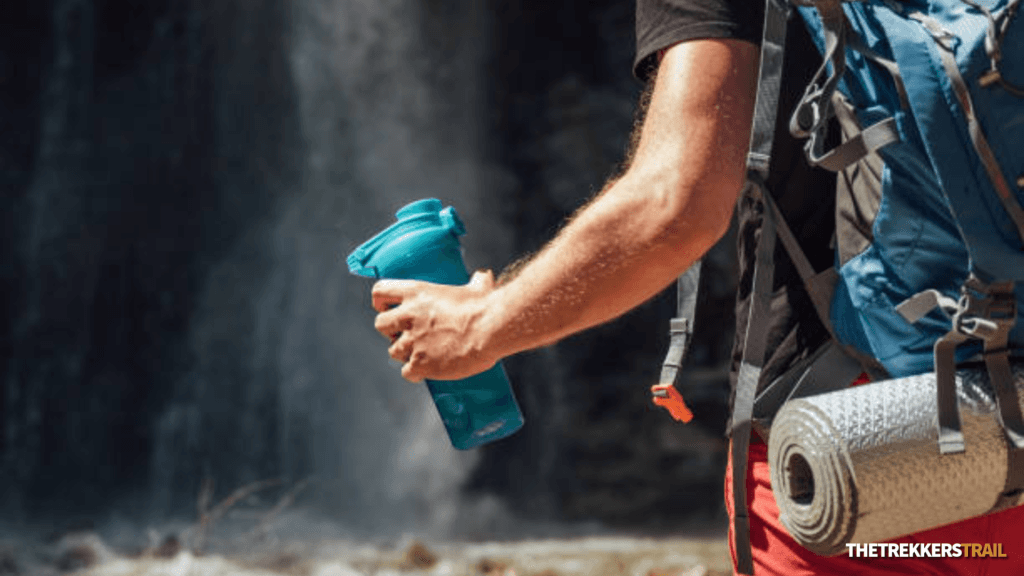
- Follow the “300-500m Per Day” Rule – Gain no more than 300-500 meters per day above 3,000m
- Stay Hydrated – Drink 3-4 litres of water daily
- Eat High-Carb Meals – Carbohydrates help your body adjust to high altitudes
- Take Rest Days – Acclimatization days at higher altitudes reduce AMS risk
- Avoid Alcohol & Smoking – Both worsen oxygen absorption
- Consider Acetazolamide (Diamox) – A medication that helps acclimatization if taken before ascent
- Listen to Your Body – If you feel unwell, stop, rest, and hydrate
Bonus Tip: A pulse oximeter can help track your oxygen levels at high altitudes. If levels drop significantly, it’s a sign to take action.
How to Treat AMS?
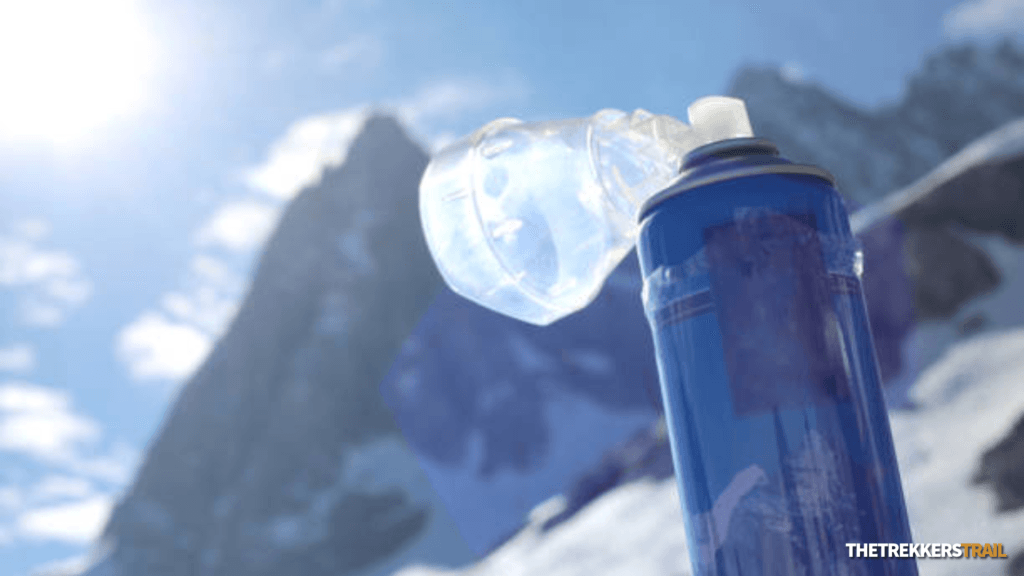
If you experience mild AMS, follow these steps:
- Rest at the Same Altitude – Don’t climb higher until symptoms improve
- Hydrate & Eat Light Meals – Carbs provide essential energy
- Take Painkillers – Paracetamol or ibuprofen can relieve headaches
- Use Oxygen Therapy – Supplemental oxygen can help if symptoms persist
- If AMS Symptoms Worsen (Severe AMS):
- Immediate Descent – Go down by at least 500-1,000 meters
- Seek Medical Help – Severe AMS can be life-threatening
- Hyperbaric Chamber (Gamow Bag) – A portable pressure bag that simulates lower altitude
AMS vs. HAPE vs. HACE – What’s the Difference?
| Condition | Symptoms | Severity | Treatment |
|---|---|---|---|
| AMS | Headache, nausea, dizziness | Mild to Moderate | Rest, hydration, painkillers |
| HAPE (High-Altitude Pulmonary Edema) | Breathlessness at rest, chest tightness, fluid in lungs | Severe | Immediate descent, oxygen therapy |
| HACE (High-Altitude Cerebral Edema) | Confusion, trouble walking, hallucinations | Life-Threatening | Immediate descent, oxygen therapy, steroids |
Must-Have AMS Survival Kit for Trekkers
- Pack These Essentials for High-Altitude Treks:
- Water bottle & Hydration Salts – Prevent dehydration
- Energy Bars & High-Carb Snacks – Maintain energy levels
- Painkillers & Anti-Nausea Meds – For headache & stomach issues
- Acetazolamide (Diamox) – Helps prevent AMS
- Portable Oxygen Cylinder – Emergency oxygen support
- Oximeter – To monitor oxygen levels

